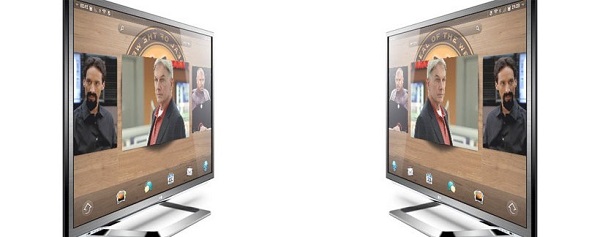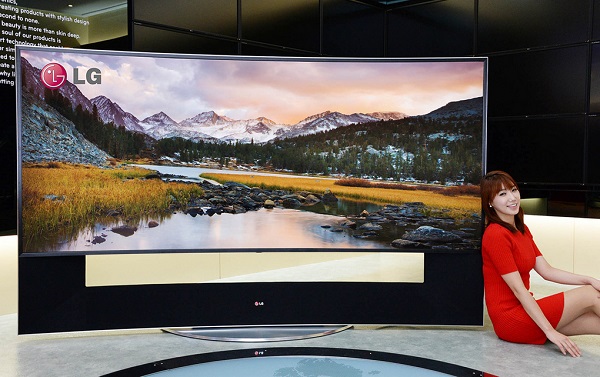CES 2014 is just around the corner, and as big names such as LG and Samsung have each announced a new line of tellies that will be exhibited there, it would be nice to see how HDTV got to where it is now and how it might look in the future.
Television sets went through a real revolution in the past two decades. A transition was made from cathode tube boxes to slim sets with a flat panel and LCD or plasma displays. The last two came with HD (1280×720) or FHD (1920×1080) resolution, offered a great contrast, compared to cathode tube TVs, and enabled the transmission of content of a higher quality. Later came LED displays, which really cut down the energy costs (especially of plasma TVs, which were really power hungry) and allowed manufacturers to make sets with greater diagonals. In time, TV sets got smarter and started being accompanied by all sorts of devices, from Android TV boxes to video game consoles. Considering what the big names are promising us for CES 2014, it’s quite obvious that evolution didn’t stop there.

The resolution and the technology behind the panel are not the only aspects that suffered a dramatic change over the years. The content that people watch also went through a few changes. To relive the joy created by a film watched at the cinema, they started lending VHS tapes. The fact that many of the kids born in the new century don’t even know what VCR and VHS stand for is relevant enough for how much people wanted to get rid of this technology. The quality of VHS tapes was terrible, and now that we have terms of comparison, there’s no denying about that.
In 1995, however, Philips, Sony, Toshiba, and Panasonic worked together to invent DVDs, optical discs that marked the transition from analog to digital TV. These were good for a while, but people wanted to make film watching an even better experience, and if possible, similar to the one had in a cinema. DVDs allowed 5.1 sound and a decent resolution, but this couldn’t satisfy the most pretentious cinema lovers out there. The sound needed to have a higher quality, and the video an even better resolution. The need for a higher bitrate finally got an answer when the Blu-Ray disc was invented. Since this stores 25GB of data on a single layer and 50GB on a double-layer disc, quality freaks couldn’t ask for more. Or could they?
The new HDTV sets connected through HDMI cables to AV receivers, consoles and TV boxes. These cables offered some companies an excuse to charge extra money, since most people didn’t know that a $1,000 HDMI cable is as good as one costing $10. Unlike AV cables that don’t allow such a great resolution, HDMI cables are essential, so if your TV has an HDMI port, make sure you use it, no matter how little you are willing to spend on the cable. I talked about this in the past here.

As I mentioned before, TVs also got smarter at some point. Some manufacturer included in their sets the ability to browse the Internet, make Skype calls and stream content via a LAN or Wi-Fi connection, while others provided all these abilities via TV boxes running Android, iOS or other operating systems.
To get back to our days, LG announced that they would launch webOS TVs at CES 2014, so you can add that to the list of operating systems. On top of that, this South Korean company will also launch a 105″ curved display UHD TV, trend that will also be followed by Samsung. With such resolutions as 5120 x 2160 and a 21:9 cinematic aspect ratio, these TVs will be great for playing high-bitrate movies and games, at least for a while. Considering that such streaming services as Netflix really took off in the recent past, owning a decent HDTV is a must.
In a bit over a week we’ll find out what the next generation of TV sets looks like and what features they will pack, but don’t worry, things will definitely evolve beyond that.
If you liked this post, please check the Philips DesignLine TV and the Uhost3 TV box.










